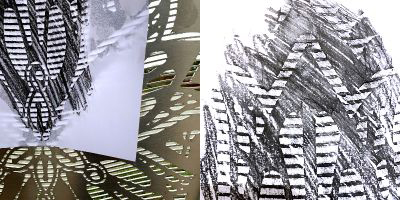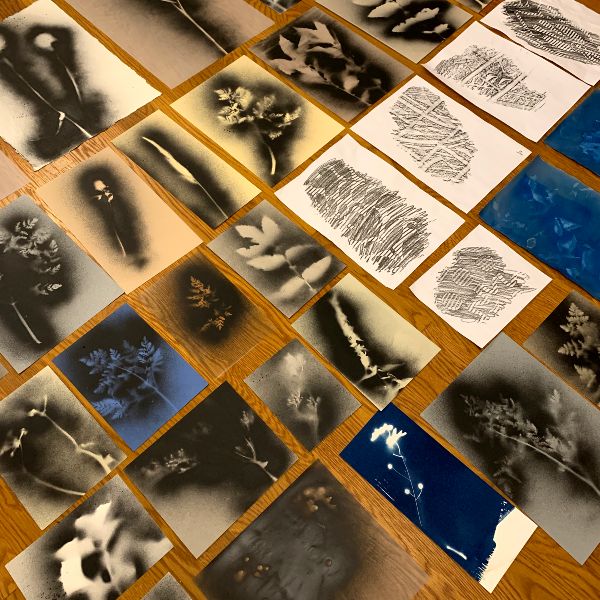One of the fantastic opportunities on new developments is the ability to work with public artists to create a distinctive identity for the new place being created. At Wichelstowe there is a requirement for the developer to set aside funds for public art and we have been working with a number of incredibly skilled artists to enhance the environment. Our latest commission will see the installation of a public artwork on the hoarding which forms the southern boundary of the public square.
Whilst the selected artist, Kerry Lemon has worked all around the world creating sculptures, paintings and installations, she grew up in Wootton Bassett and still has many friends and family living in and around Swindon. Kerry’s work is always inspired by the natural world, following extensive, specific research which made her the perfect choice to help us tell the story of the flora and fauna of Wichelstowe.
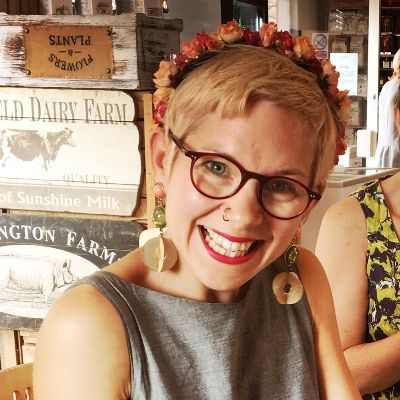
After a number of site visits, braving Wichelstowe in all weathers Kerry set about collecting plants from around the site. Before we unveil the final hoarding we asked Kerry to shares some of the individual prints and tell us a bit more about some of the techniques used
Cyanotypes
Cyanotypes use sunlight to create distinctive cyan-blue photographic prints. The process uses two chemicals: ferric ammonium citrate and potassium ferricyanide which I mix and paint directly onto heavy cotton watercolour paper, (but you can also buy ready to use ‘sun print’ paper). Engineers used cyanotypes well into the 20th Century as a low cost way to reproduce drawings and photographs. I use this technique as a way to create photograms, to create direct prints of plant specimens without the use of a camera. I work outside and so try to wait for a nice sunny day! I arrange my plants and flowers on top of my prepared paper, sandwich it with a piece of glass or perspex (so it doesn’t move in the wind) and wait for the sunshine to expose the print. Once the paper has turned from a muddy green to a rusty brown I know it’s ready and I can wash off the chemicals using cold water and leave to dry.
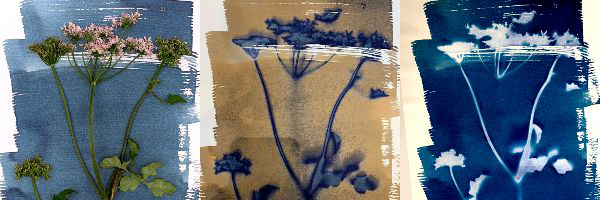
Spray prints
Spray prints are my FAVOURITE way to capture direct prints from plants and flowers, but you need to work in a well ventilated space (I suggest working outside). You arrange your plants and flowers on top of the paper and then using a can of spray paint coat the page. When you remove the plant you have a silhouette of the plant. This way of working is so fast and rewarding and makes very beautiful impressions.
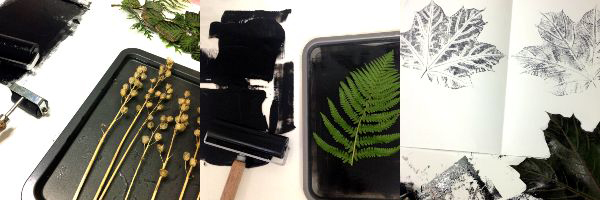
Gelli-prints
You create gelli-prints by mixing up a batch of gelatine (or agar) according to the pack instructions, pouring the liquid mix into a shallow sided baking tray, and leaving it in the fridge to set. This then forms your gelli-plate and once it’s set you are ready to print. I create direct prints of plants by laying them onto the gelli-plate, rolling an inked up roller over the top and removing the plant. I then lay a sheet of paper over the top of the plate, and rub gently over the back of the paper to create the print. The gelatine creates beautiful painterly marks which make very distinctive images. This is a type of monoprinting – a form of printmaking that has lines or images that can only be made once, unlike most printmaking, which allows for multiple originals.
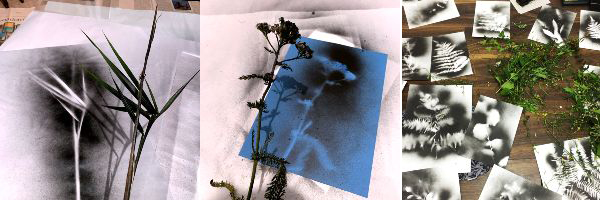
Rubbings
Rubbings (or ‘frottage’) are a quick way of making direct prints of plants and flowers. It’s particularly good for hard surfaces like stone and tree bark. You just place a sheet of paper over the top of the texture you’d like to capture and rub a crayon over the top until the design emerges!. To create prints from leaves it’s better to use the underside, you want the veins on top as this make a MUCH better print.
